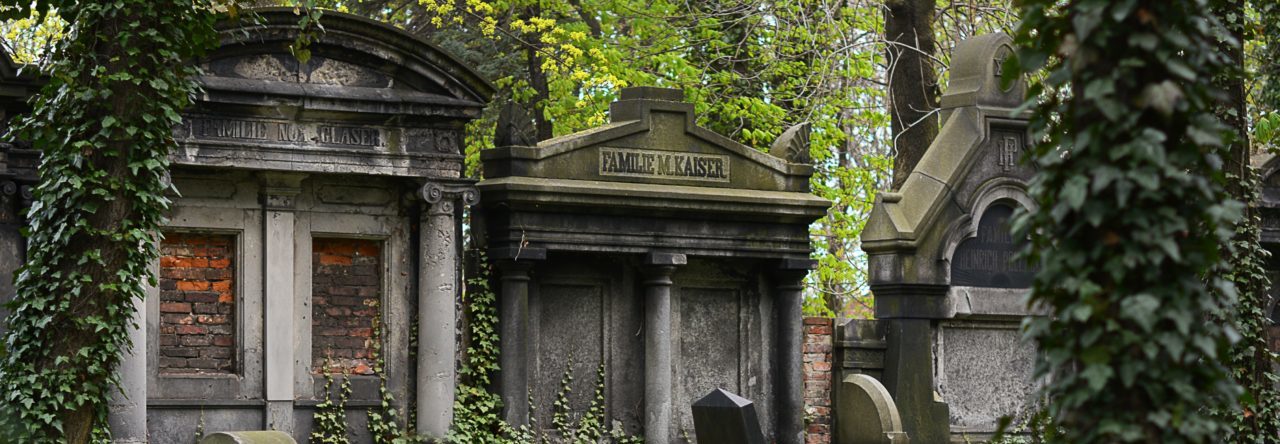When I was a teenager, M. R. James may have been my favorite writer of spooky fiction. But, believe it or not, I didn’t realize it at the time. How’s that possible? Well, back then, I read virtually any well-written ghost story that I could lay my hands on. I moved with relish from book to book, most of which I grabbed at garage sales, fishing tattered paperbacks out of old cardboard boxes, or at musty bookstores, snagging them off untidy shelves. They were cheap and I treated them as if they were disposable – inadvertently smearing them with sunscreen or dripping ice cream on them, and afterwards, having squeezed them for every ounce of entertainment, tossing them into my cluttered closet.
But didn’t you notice author’s names on covers? Yeah, sure I did. I was interested in covers. After all, a great title that promises mystery, terror and mayhem is what catches a teenage boy’s eye, right? – that and fantastic cover art, which I also loved. So, yes, I’m sure I noticed the authors’ names. But I knew virtually nothing about them. Remember, this was long before the advent of the internet when you could virtually meet the author through sites like this one. Moreover, many of the books I read were anthologies – again, the emphasis was placed on excellent individual stories, rather than on any particular authors’ collected works. In short, I became attached to stories, rather than authors. I didn’t care too much about who had written the text, provided it was entertaining. Obviously, my feelings later changed!
When I started reading Gothic fiction again, I instantly recognized my old favorite. James’ general formula is unmistakable: he sets a staid English gentleman, typically a professor or student of antiquities, in a spooky or peculiar setting (for example, an old church, a decaying ruin, an isolated village in an unfamiliar countryside), allows the unsuspecting subject’s curiosity to draw him into unknown – and we sense, unsafe – territory involving some ancient text or relic, then proceeds to frighten the daylights out of him. James’ spooks are particularly satisfying because, generally speaking, they aren’t merely the result of his protagonists’ suspicions or feelings. They often manifest themselves physically and unequivocally. They’re present. And they can hurt you. Thus James’ finest stories obtain an intensely visceral power over his readers.
I think it’s extraordinary that James’ style, which captured my imagination as a teenager, holds me spellbound even as an adult – just as it did his contemporaries! One might reasonably expect that Jame’s friends, Cambridge scholars and students, would demand nuanced narratives. James certainly was capable of subtlety. But his stories also included hairy beasts, slimy monsters and cackling denizens of the underworld. Yet even his most erudite audiences were enthralled when he read his stories in a dimly lit room on Christmas Eve.
Perhaps there’s a very simple explanation for this: nearly everyone loves a skillfully told and suspenseful tale – even if (or perhaps, especially when) it includes an awful monster. Still, James’ Cambridge audience must have found great appeal in his use of the extensive knowledge of archaic books and manuscripts, ancient artifacts, and archeologically significant sites that he had acquired as a King’s College medievalist. By weaving arcana into his tales, he grounded his stories in reality even as he conjured up a mysterious and vaguely threatening atmosphere and ultimately summoned his hobgoblins. This approach still hooks sophisticated modern readers.
James employed these methods to chilling effect in “The Uncommon Prayer-Book.” The story’s principle character, an antiquary by the name of Davidson, visits an ancient chapel in the English countryside. There he finds a peculiar collection of archaic prayer books whose caretaker routinely finds they’ve been opened by some unknown agent to a particular Psalm, and makes the acquaintance of an unsavory character who is obviously, and perhaps worryingly, not who he claims to be. If you’ve never read M. R. James, this is a good place to start.
Now, to be clear, saying that James’ writing appeals to a sophisticated audience is not that same as saying that it’s inaccessible. To the contrary, it appeals to lovers of horror fiction regardless of their backgrounds. This is evident from its enduring popularity and the variety of mediums (as in media, not persons who contact your deceased relatives beyond the veil) through which it’s available. It has been collected and anthologized and turned into audio books, made into television dramas, studied in documentaries, and damatized in one-man plays. Unsurprisingly, there are those who dismiss James as a mere writer of ghost stories. Nevertheless, though his work isn’t ranked among the greatest of authors, there’s no denying his wide and enduring appeal.
James’ works can be enjoyed without further introduction, or indeed any introduction. But there are many resources available to those who’d like to learn a little more about his life and his craft. In 2012, Anthony Lane wrote an effective, short introduction to James and his work for The New Yorker. Those who wonder what it might have been like to sit in a suitably gothic setting while listening to James read one of his chilling tales by candlelight will be happy to know that actor Robert Lloyd Parry provides precisely that experience. In 2013, Tom Cox wrote about Parry and his reenactments for The Guardian.
